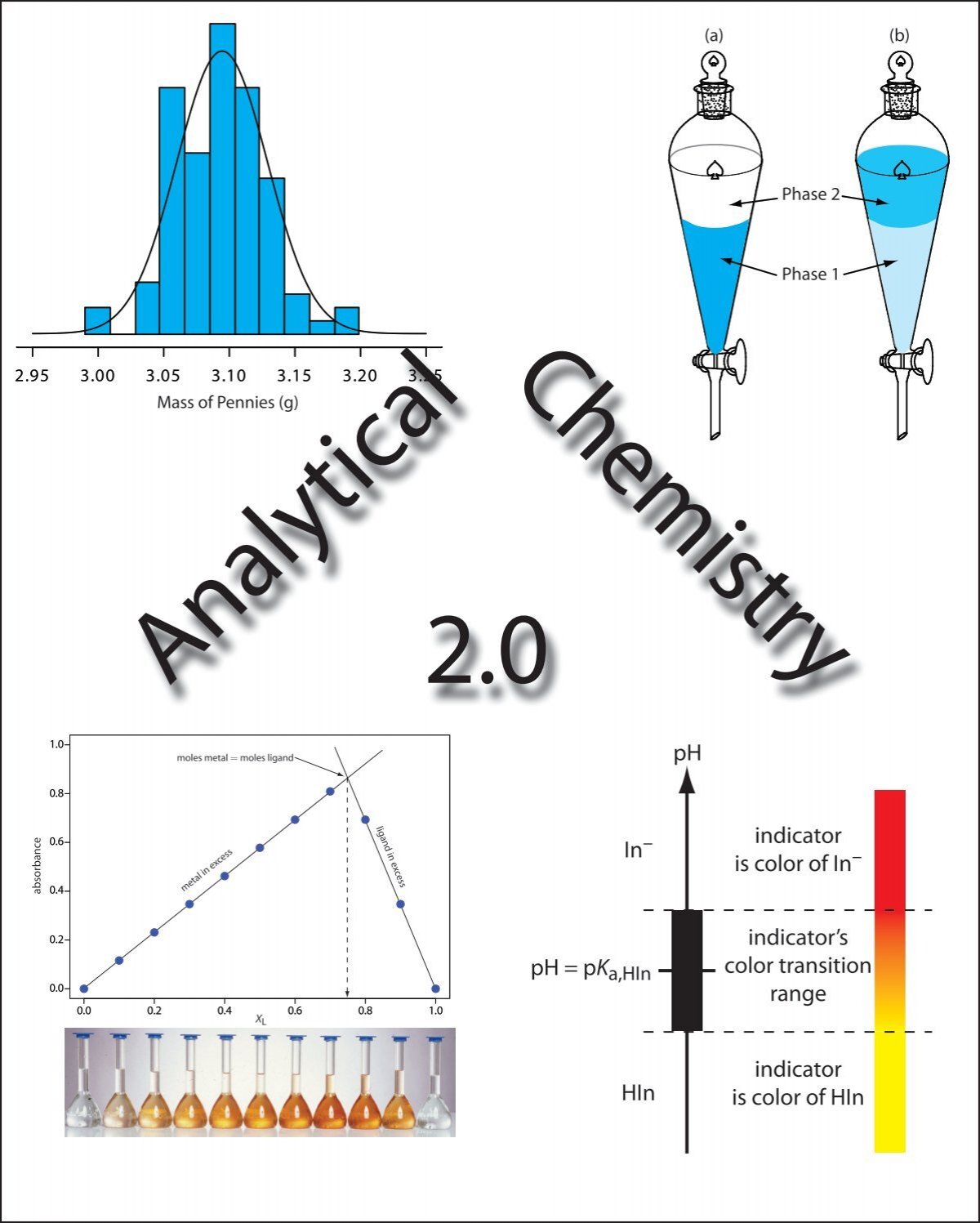Visual Minteq Mac
Visual MINTEQ is a freeware chemical equilibrium model for the calculation of metal speciation, solubility equilibria, sorption etc. for natural waters. It combines state-of-the-art descriptions of sorption and complexation reactions with easy-to-use menus and options for importing and exporting data to/from Excel. Chemical equilibrium modelling has never been easier!
The code, originally built on USEPA’s MINTEQA2 software, is maintained by Jon Petter Gustafsson at KTH, Sweden, since 2000.

Visual MINTEQ will run on most Windows platforms and relies on .NET Framework. For more details, see here.
Complete self-contained system in zipped folder. Surely the quickest way to get up and running is to download a complete example in a single zipped folder (ca 360 kB ) that includes the ORCHESTRA executable, the object database, a thermodynamic database and input files defining a simple example system. (This step is not needed on a Mac) In the username field, type wade followed by your BroncoNetID (For example, wade abc1234), and then type your password in the next field and then click OK or Continue. You will be prompted with another security warning. Click Yes (Continue on Mac). Select an available computer. Need multiple monitor support? Visual MINTEQ 3.0; Win TR55 Ver.1.0; Windows 7 Pro (64-bit) Windows Media Player; Working Model 2D 5.0; WSFTP 5.08; YSU.Local Domain. Trusted Windows (PC) download Visual MINTEQ 3.11. Virus-free and 100% clean download. Get Visual MINTEQ alternative downloads.
- < Previous
- Next >
Serial key for cinema 4d r18. Home > Theses and Dissertations > Dissertations > All Dissertations > 1077
Title
Author

Date of Award
12-2012
Document Type
Dissertation
Degree Name
Doctor of Philosophy (PhD)
Legacy Department
Environmental Toxicology
Advisor
Carraway, Elizabeth R
Committee Member
Klaine , Stephen J
Committee Member
Schlautman , Mark A
Committee Member
van den Hurk , Peter
Abstract
The dissolution and aggregation of metal oxides nanoparticles (NPs) in aqueous solution not only alter the abundance and toxicology of NPs, but also makes the effective assessment and the correct interpretation of effects of NPs on organisms challenging. The extent to which these processes (dissolution and aggregation) occur largely depend on pH, ionic strength, dissolved natural organic matter (NOM) and NPs characteristics. This study investigated the dissolution and aggregation behavior of the four metal oxide NPs (nZnO, nCuO, nFe2O3 and nTiO2) in aqueous solution as influenced by pH, ionic strength and NOM and examined the toxicity of these NPs to Daphnia magna and interpreted the toxicity in terms of NPs'behavior in aqueous solution.
The dissolution of NPs in distilled and dionized (DDI) water, culture (FETAX) solution, solutions of varying pH, ionic strength and NOM content was investigated. Differences in the dissolution patterns in different solution conditions were observed among the NPs, with some NPs (nTiO2.) showing low dissolution under all solution conditions. Visual Minteq model showed that the distribution of dissolved metal oxides NPs species was regulated by pH and NOM. The experimental dissolution data were corroborated by Visual Minteq and by the empirical double exponent dissolution rate model.
In the aggregation investigation, the aggregation behavior and fractal dimensions of the metal oxides NPs were studied in solutions such as DDI, FETAX solution, solutions of varying pH, ionic strength and NOM content. The rate of aggregation was found to increase with ionic strength and to decrease with increase in NOM concentration. Increased aggregation corresponded to lower fractal dimensions and increased sedimentation.
Arising from the dissolution and aggregation investigations, the interaction of NOM with NPs in aqueous solution was examined. Specifically, the influence of the NOM on NPs dispersion at different pH values was investigated using TiO2 NPs selected due to its low dissolution over a wide pH range. With the data suggesting that NPs dispersion is pH dependent, sorption studies of NOM to TiO2 NPs at different pH values were conducted and the sorption data obtained were used to interpret the dispersion results. The sorption data were also fitted on the nonlinear Langmuir model. This study also examined the possible fractionation of NOM upon sorption to NPs. The results demonstrated that fractionation occurs upon sorption and that both low pH and high ionic strength can enhance fractionation.
The NPs toxicity to Daphnia magna was assessed at two levels of biological organization: organism level with mortality at 48 h (LC50) used as the endpoint and the cellular level with four biomarkers, glutathione- S -transferases (GST), thiobarbituric acid reacting substances (TBARS), oxidized glutathione (GSH) and metallothionein (MT) used as endpoints. The results suggested that the toxicity observed from NPs in organism and cellular levels is a contribution of both the NPs and the dissolved metal ions. The results further showed that NOM and ionic strength have mitigative effects on NPs toxicity to Daphnia magna through sorption and aggregation processes respectively.
Recommended Citation
Mwaanga, Phenny, 'THE BEHAVIOR AND TOXICITY OF METAL OXIDE NANOPARTICLES IN AQUEOUS SOLUTION' (2012). All Dissertations. 1077.
https://tigerprints.clemson.edu/all_dissertations/1077
Included in
Visual Minteq Manual
COinSVisual Minteq For Mac Download
To view the content in your browser, please download Adobe Reader or, alternately,
you may Download the file to your hard drive.
Visual Minteq For Mac
NOTE: The latest versions of Adobe Reader do not support viewing PDF files within Firefox on Mac OS and if you are using a modern (Intel) Mac, there is no official plugin for viewing PDF files within the browser window.



